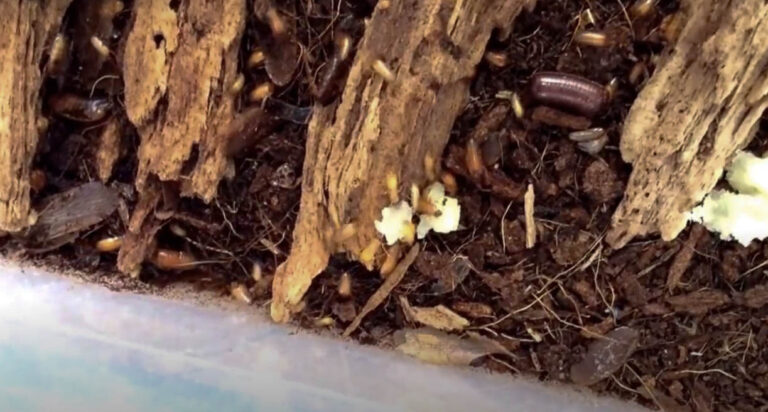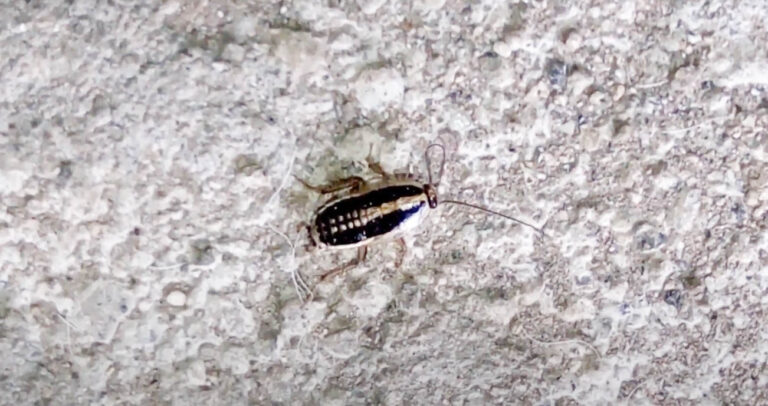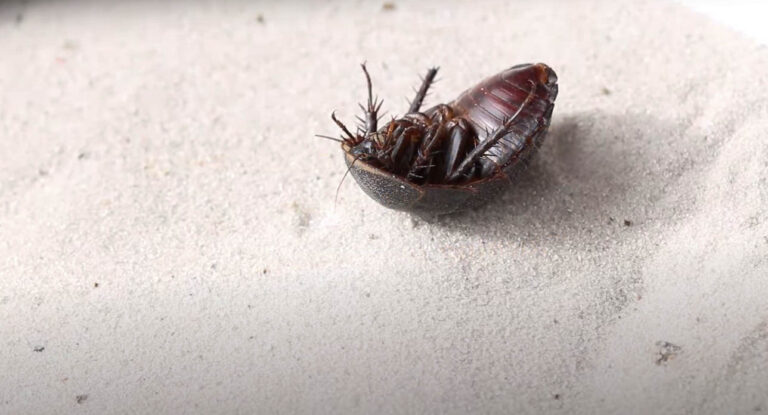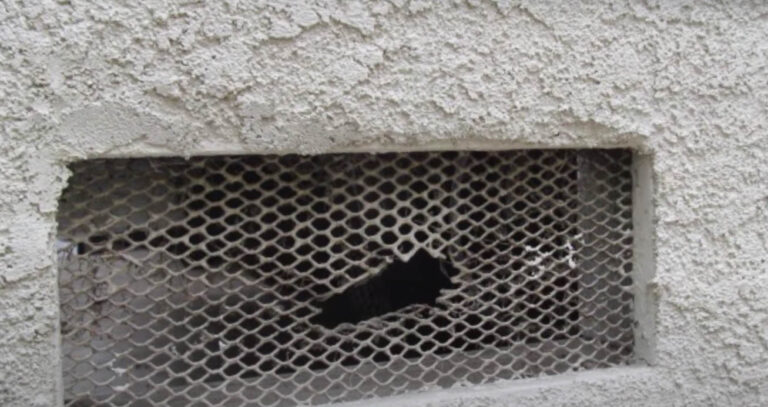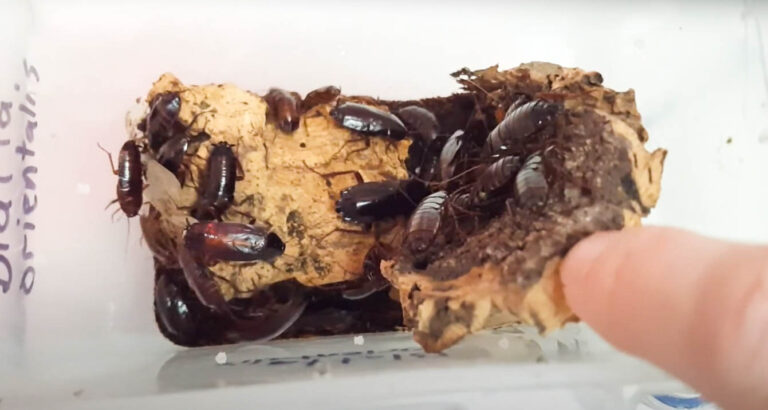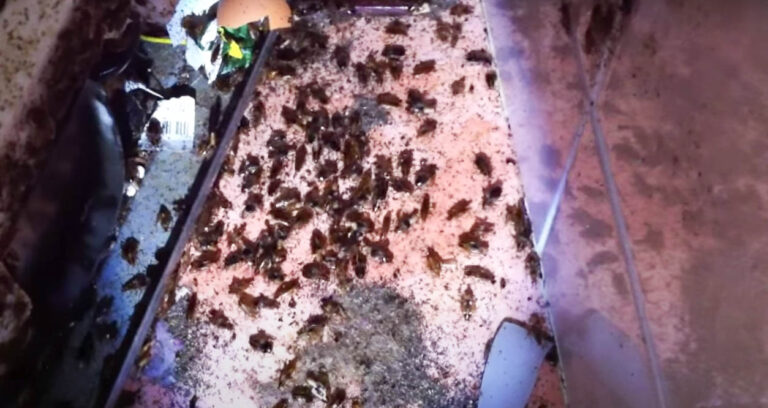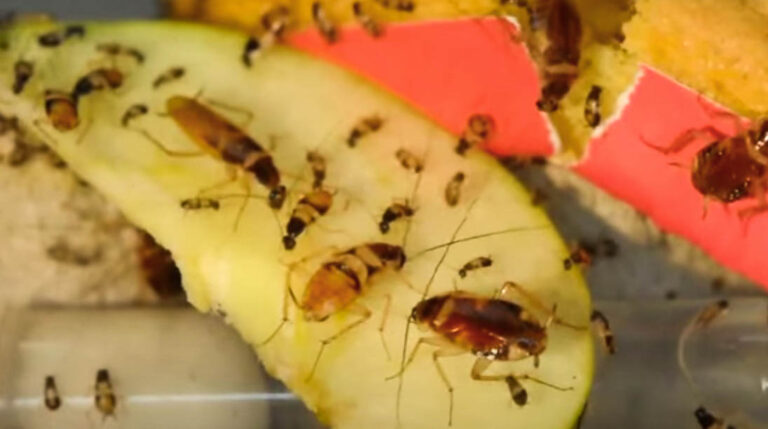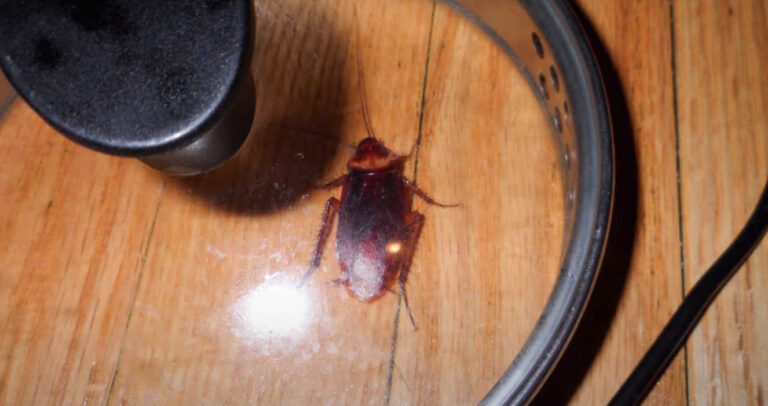About German Cockroaches
About German Cockroaches
German cockroaches (Blattella germanica) are small types of invasive cockroaches that infest human living spaces. Typically, they grow to about 11mm to 16mm. They’re common indoor roaches found in most parts of the world, including North America. Even though their color varies from tan to black, they’re easily distinguished by their two dark streaks that are roughly parallel on the pronotum. The stripes run anteroposterior from behind the head to the basal part of the wings.
Appearance
German cockroaches exhibit diverse appearance from egg to adult stage of development. Let’s delve deep.
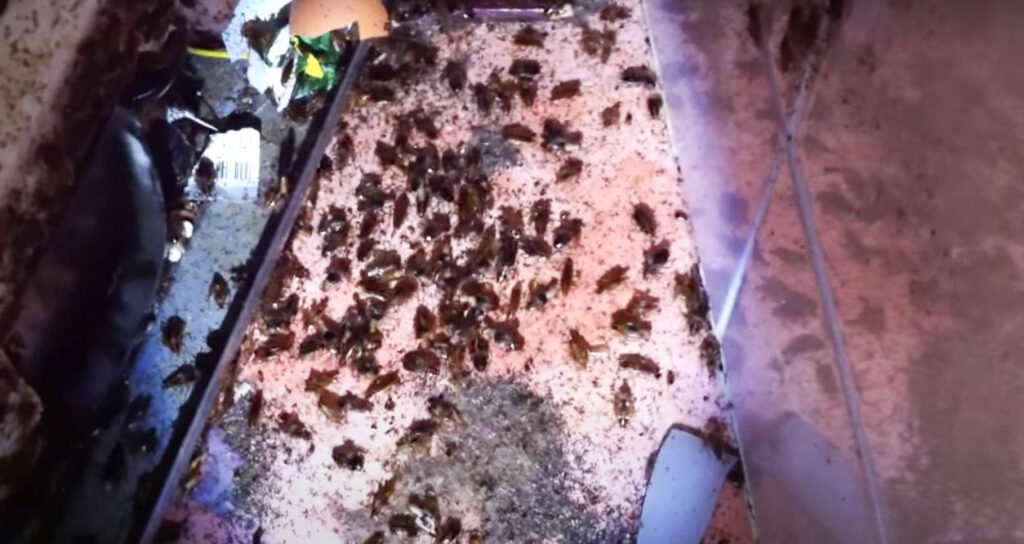
a. Egg
These cockroaches lay eggs enclosed in an egg-case called an ootheca, which is usually brown but turns almost black as it hardens. The ootheca is about 8mm long and 2mm wide; each holds up to 35 eggs. The cockroaches are tough and can survive in adverse environmental conditions. The female cockroach carries the egg-case for two days before depositing them in a hidden location, waiting to hatch.
b. Nymph
The nymph goes through 6-7 instar stages before they progress to the adult stage. It takes approximately 100 days for the larva to complete all the instar stages. The nymph is dark brown, with parallel lines visible on the pronotum just behind the head. German cockroach nymphs don’t have wings and cannot reproduce. It’s 8mm long and 2mm wide in size and brown in color.
c. Adult
From the last instar stage, the nymph graduates to an adult cockroach. An adult German cockroach has wings with a length of about 15mm. Besides that, German cockroaches are nocturnal. As such, they hide during the day and come out hunting at night. Despite having developed wings, German cockroaches rarely fly. Instead, it prefers running. Male cockroaches can easily be distinguished from females based on their physical appearance. That said, the male’s body is thin with a narrowed posterior abdomen, while that of a female is plump with a rounded posterior belly.
Behavior
German cockroaches are known to be hitchhikers; they move around through people’s belongings from one apartment to the next. Since they’re indoor pests, they can get into your house through shared pipes, second-hand furniture, and shopping bags. They are comfortable in warm or humid environments like the bathroom or kitchen. They like roaming in the dark and hide when the lights are on. They feed on food residue, toothpaste, and crumbs left on the floor. They are also attracted to humid areas like around leaking pipes or beneath the sink. German cockroaches rarely bite humans but are carriers of harmful bacteria that can cause diseases. While these cockroaches have functional wings, they prefer running to flying.
Life cycle
The German cockroach goes through three development phases; egg, nymph, and adult. They are very productive; females can produce over 400 eggs in their lifetime. German cockroaches have a lifespan of about 150-200 days, depending on environmental factors like temperature and food. In a productive population, German cockroaches comprise of about 80% nymphs and 20% adults. They can quickly infest a place that has a favorable environment for them. German cockroaches can reproduce 3 to 4 generations in a year.
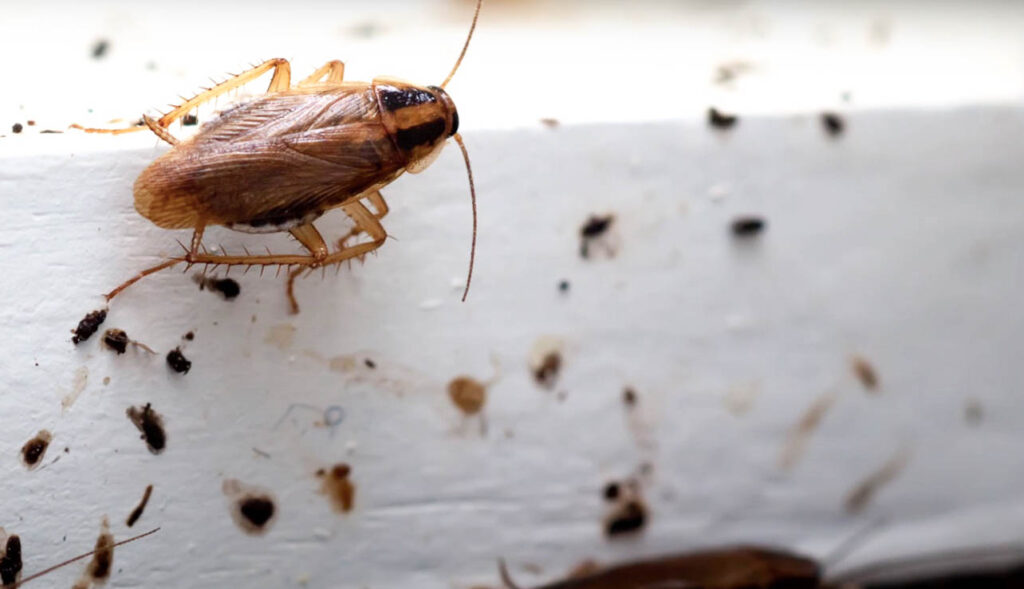
Habitat
German cockroaches are likely to infest areas with high temperatures or high humidity, such as commercial and home kitchens. These types of cockroaches cannot live away from humans as their existence is entirely dependent on the availability of food, water, and shelter from human dwellings. German cockroaches are the most widespread across North America. And severe infestations aren’t uncommon. German cockroaches are attracted to garbage cans, kitchen cabinets, and under the sink. Even though these cockroaches are nocturnal, the presence of these messy pests can’t go unnoticed. You can quickly notice nest, egg cases, dark spots, or dead cockroaches. If you’re wary of these invasive insects, avoid pre-owned furniture, electronics, and luggage. Note: German cockroaches are highly invasive and prolific. Therefore, use effective pesticides to control the pests before the situation gets out of hand.

